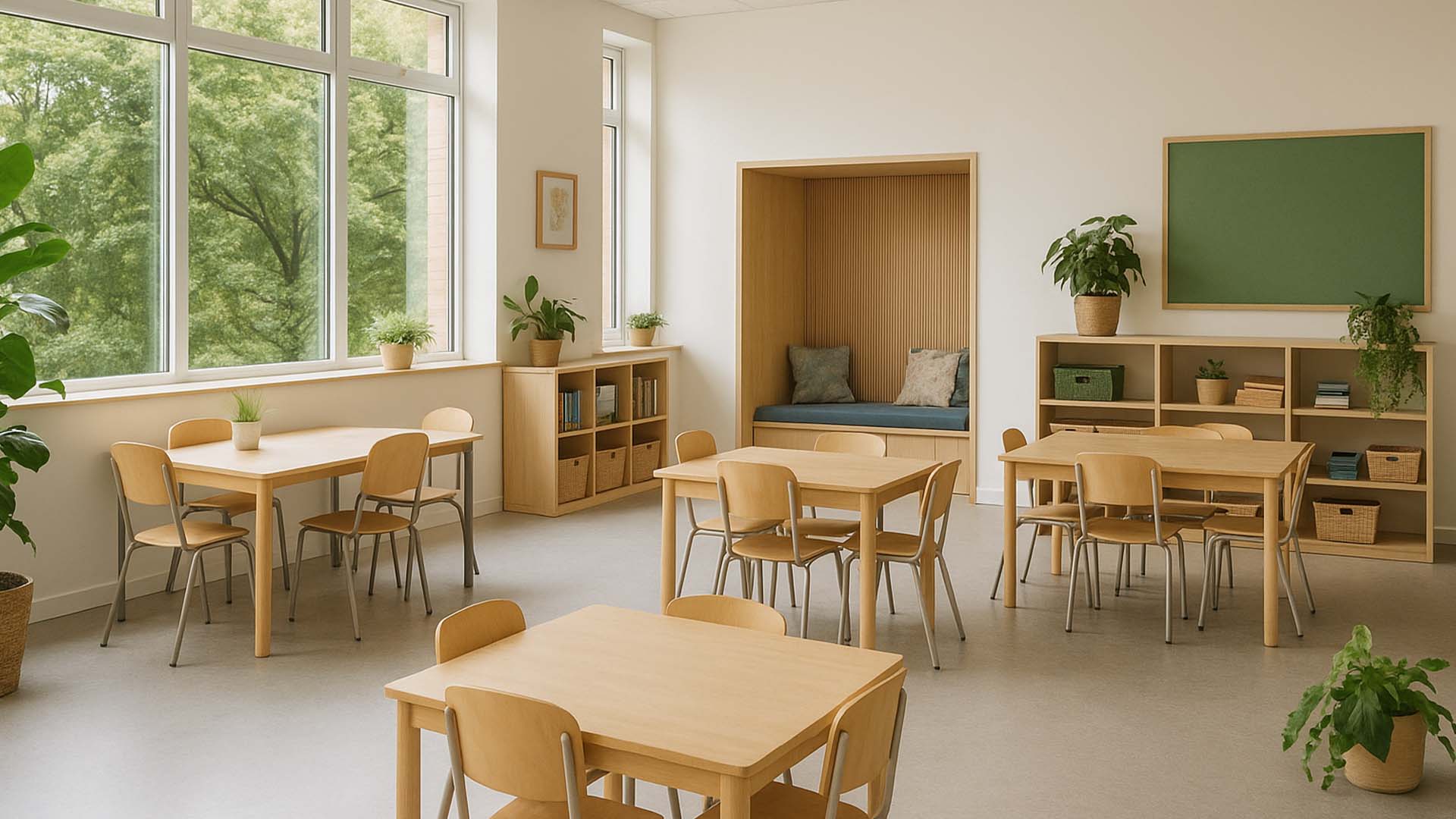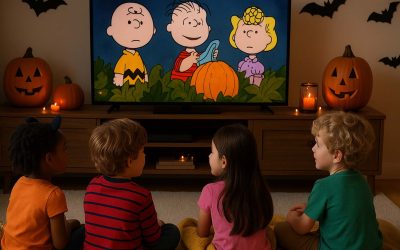Why School Design Matters
Today’s school architecture isn’t just about desks and halls—it’s about emotional health and learning potential. In the UK, major refurbishments are underway to transform classrooms into spaces filled with natural light, plants, softer textures, and acoustic control—creating calming, inclusive environments for modern learners with diverse needs The Times.
What Makes a Well-Designed School?
- Natural Light: Bright, consistent daylight reduces fatigue and supports focus.
- Biophilic Elements: Indoor greenery and wood-like textures ease stress and boost creativity.
- Acoustics: Sound-absorbing materials cut distractions and improve speech clarity, especially vital for children with sensory sensitivities.
- Flexible Layouts: Zones for both collaboration and quiet individual work adapt to different learning styles.
Benefits for Students & Families
- Less Anxiety: Thoughtful spaces reduce sensory overload, helping children feel safe and ready to learn.
- Enhanced Creativity: Interactive zones and natural materials boost imaginative play and exploration.
- Inclusivity: Spaces designed with special needs in mind help all children flourish.
- Family Confidence: Parents see the value when architecture meets present-day teaching and mental health standards.
How Families Can Engage
- Ask about school renovation plans or presence of calming features like greenery or quiet pods.
- Advocate for sound-buffering classroom modifications, especially for sensory-sensitive kids.
- Support fundraising for outdoor learning gardens or flexible seating areas.
Conclusion
The trend toward designing schools for emotional as well as academic success reflects a deeper understanding of what children need to feel safe and thrive. Investing in architecture that nurtures wellbeing is a gift to families and educators alike.
Q&A Section
Q1: What role does greenery play in school design?
A1: Indoor plants and wood-like textures improve emotional comfort and reduce stress.
Q2: Can design really affect learning?
A2: Yes—architecture that adapts to different activities and voices supports academic focus and creativity.
Sources:
- TheTimes examination of UK school refurbishments targeting wellbeing The Times+1Better Homes & Gardens+1








0 Comments